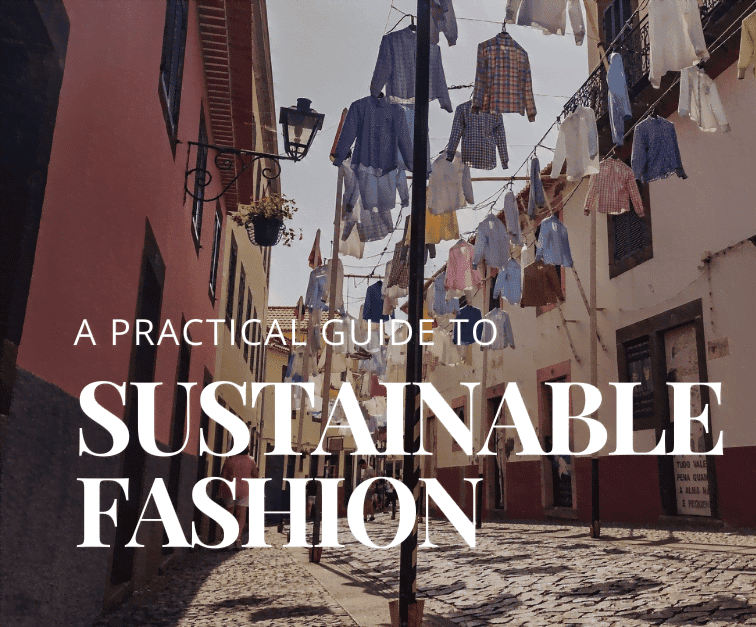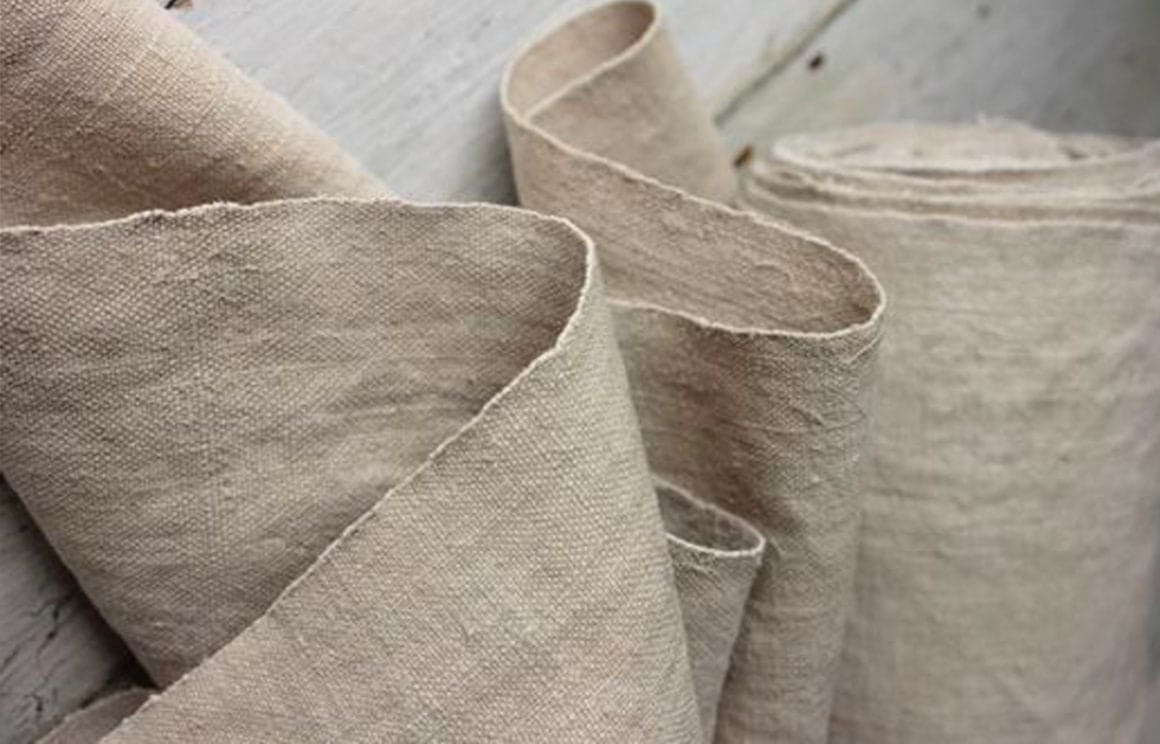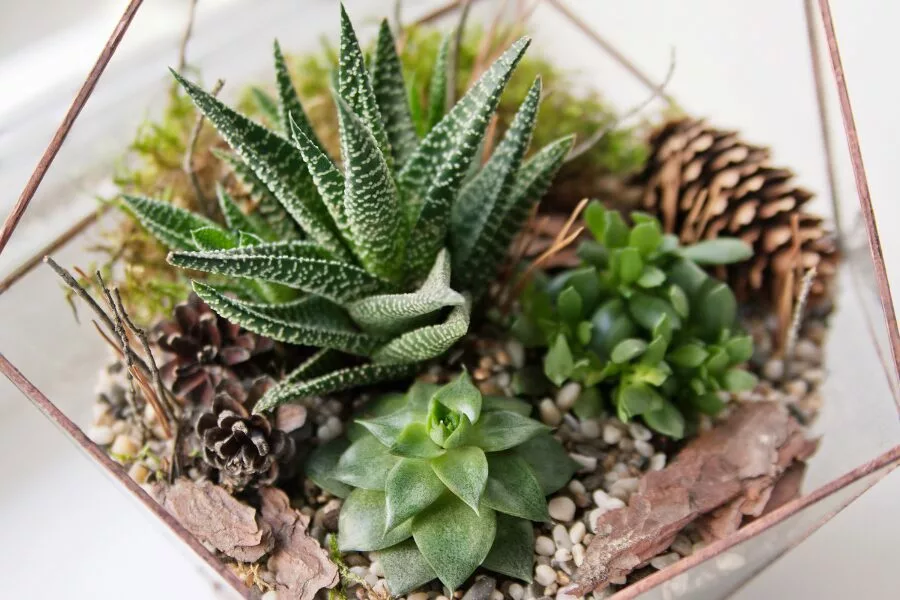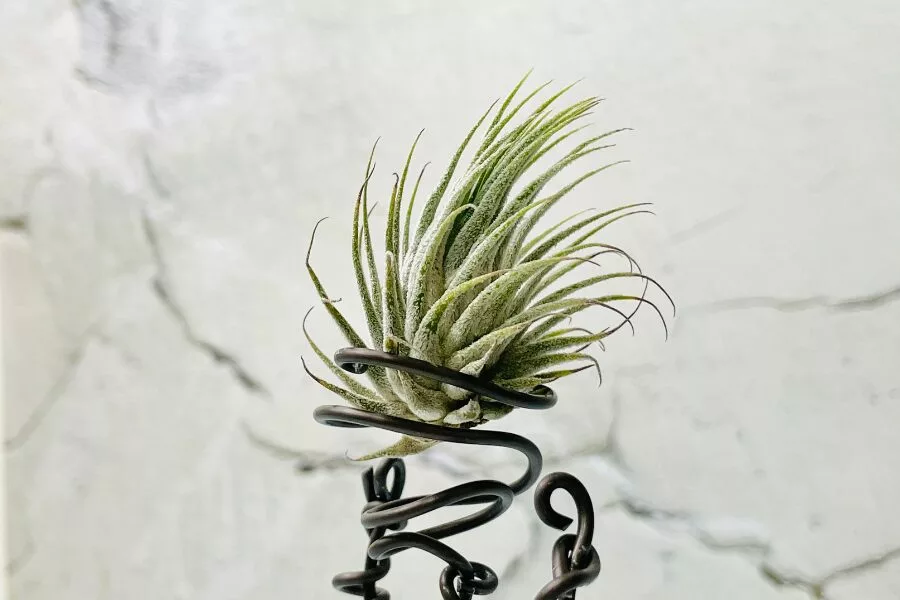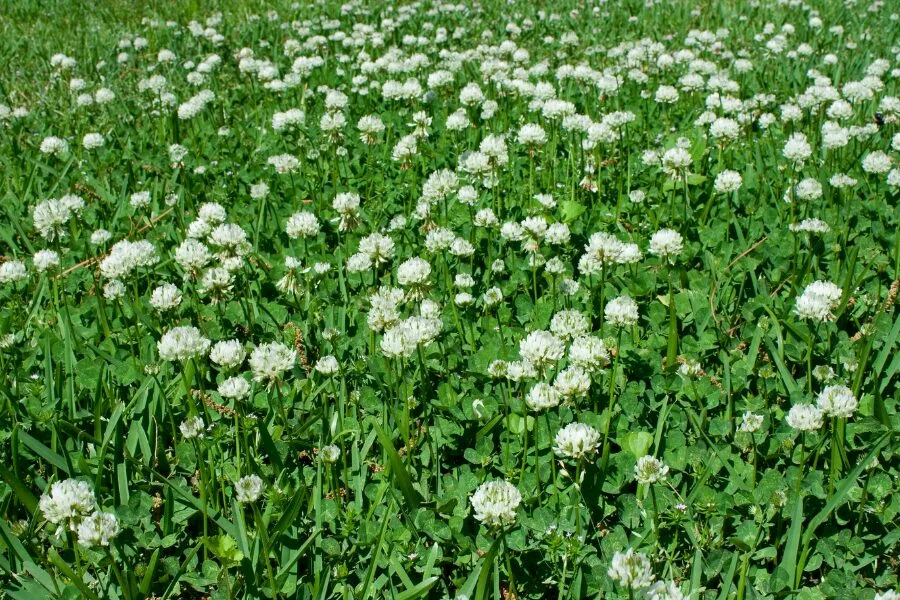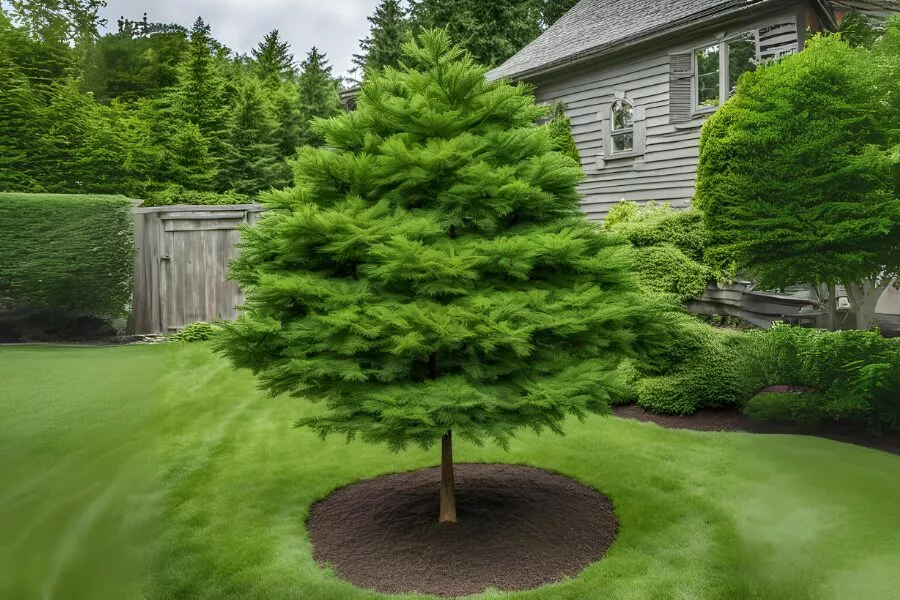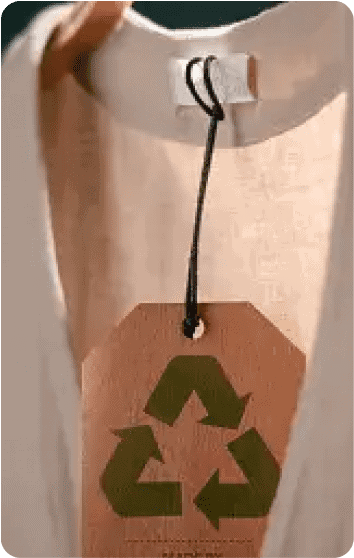Glitter is bright, beautiful and attractive, isn’t it? Ask a child what their favorite art supply is, and you’ll likely get an answer that its glitter! Festivals are incomplete without its twinkle, and parties look dull without its sparkle. So, what is glitter made of that gives it such a distinct sparkle? We’re about to find out.
Unfortunately, all that glitters is neither gold nor glamorous, and your favorite childhood art supply that you once used to decorate birthday cards and projects has a rather dull and dark side.
But why? You’ll be surprised to know that glitter is nothing but plastic, one of humanity’s most significant environmental issues. So, is glitter safe? Is glitter eco-friendly? What is glitter made of, really? We are here to answer these questions and also investigate whether environmentally safe alternatives like bioglitter are the solution!
Unlock Your Savings with Exclusive Offer Coupons
Save big while shopping for sustainable products! Grab your exclusive coupons today!


The History of Glitter

For ages, glitter has stolen the show, and humans, including other animals, are naturally attracted to anything shiny and glittery. Glitter has been around for thousands of years and was adorned by the queens of Egypt in their makeup, and several ancient civilizations also used it in cave paintings for its lustrous appeal
But what is glitter made of that makes it such a popular addition to cosmetics? Well, in ancient times, the source of glitter was natural, like mineral rocks called mica, which is still used today in cosmetics to give a distinct luster to your lipsticks or eyeshadows. Plus, shiny beetles were also crushed to make glitter!
But fast-forward to the 1930s and you’ll notice that modern-day glitter has developed. It’s now shocking to realize that glitter is nothing more than a microplastic. So, what is glitter made of, then? Keep reading to find out.
Henry F. Ruschmann was a German immigrant who partnered with Harry Goetz, and was involved in precision cutters of paper and film including developers and printers of photographic film for Kodak and Ansco. Ruschmann invented and patented a high-speed machine that cut apart the developed glossy photo prints in roll form that consumers snapped with the familiar old Kodak Brownie Box cameras.
When the cutting machine occasionally “stuttered,” it left glossy cellulose/paper scraps on the shop floor. Some employees took them home and used them as “snow” for their Christmas decorations. This led to the creation of glitter, which is now widely used in various applications today.
What Is Glitter Made of?

Ruschmann initially called his sparkly cuttings “schnibbles” and later “metallic jewels.” The materials evolved over the years, including metalized cellulose acetate and polished aluminum foil, and later added substrates such as epoxy-coated metalized film, polyester, PVC, iridescent films, and complex laminations.
In the 1960s, Ruschmann joined Meadowbrook Inventions and focused on product development, purchasing, and sales. He sourced high-quality materials like aluminum and polyester to create customized glitter for customers.
But, what is glitter made of today? Humanity has made a long way since the early days of using crushed minerals. Nowadays, synthetic glitter is mass-produced by combining aluminum with polyethylene terephthalate (PET) or polyvinyl chloride (PVC) plastics. Typically, manufacturers apply an aluminum coating to the plastic base to enhance its shine. However, some manufacturers may choose to coat the plastic base with a shiny mineral, such as mica.
After coating, manufacturers cut the shiny plastic into small shapes, often circular and less than 5 millimeters in size. These small pieces, known as microplastics or glitter microplastics, can pass through most water filtration systems and, when washed away, cause glitter pollution in oceans and other water bodies. So what is glitter made of, and can it be harmful to marine life?
The Environmental Impact of Glitter

Most of the microplastic glitter you wash off after a party or a messy glittery project will likely end up in the oceans. What does not end up in the water will contaminate soils. As we all know, glitter microplastic is likely to stay in the environment for thousands or maybe even longer years, like any other form of plastic. This is an environmental threat to the fragile aquatic and terrestrial ecosystems.
Did you know that in a study conducted in 2019, after going deep into what is glitter made of, researchers found that glitter pollution is a major source of microplastics in soils across different parts of the world? It’s quite surprising how something as small as glitter can have such a significant impact on the environment. The study also highlighted that what is glitter made of are pointy-shaped designs that pose a great threat to organisms such as birds and aquatic animals that may consume it.
Additionally, another study, which was published in 2021 in the Journal of Hazardous Materials suggested that glitter microplastic, both PET and non-plastic types, can have detrimental effects on freshwater habitats. The changes in biodiversity included plants having shorter roots, reduced phytoplankton biomass, and a twice increase in snail species that are invasive in nature (a big trouble, according to scientists).
It’s important to note that the ecological impacts of glitter microplastic were found to be associated with glitter alternatives as well.
Is Glitter Eco-Friendly?

In the question of what is glitter made of, we’ve arrived at a more important question: Is glitter safe? In search for a better future for the planet we have seen the recent emergence of bioglitter or eco-friendly glitter. But is glitter eco-friendly?
Most companies use cellulose or wood pulp from trees like eucalyptus trees to make their non-plastic “eco” glitter or bioglitter. However, this doesn’t necessarily make bioglitter safe or eco-friendly. Despite the growing demand for eco-friendly bioglitter it’s important to consider its impact on the natural world.
Biodegradable face glitter, often marketed as eco-friendly, may not be as environmentally friendly as it seems. Above mentioned research has shown that mica, a common ingredient in eco-friendly glitter makeup, can significantly affect freshwater habitats. Both plastic and cellulose-based glitters have been found to reduce chlorophyll levels in water, stunt plant growth, and attract an invasive species of snails that overfeed on plants (a major problem according to scientists).
In short, even glitter made from biodegradable materials can have negative effects on lakes, rivers, and terrestrial ecosystems. It’s important to be aware of the potential environmental impact of eco-friendly glitter or bioglitter.
For instance, Modified Regenerated Cellulose (MRC) glitter is made using cellulose sourced from eucalyptus trees, which is biodegradable. The cellulose is coated with a mineral pigment (mica) or aluminum for reflectivity and sometimes topped with thin layers of non-biodegradable plastics like styrene acrylate.
What is Bioglitter?

As we work towards creating more sustainable glitter, eco-friendly alternatives have become available. These options are made with the environment in mind, using biodegradable materials instead of plastic. Considering what is glitter made of eco glitter, is a better option, since it is also biodegradable and is produced using materials derived from sources like plant-based cellulose or natural minerals.
The materials are meticulously processed and coated, often with biodegradable adhesives and reflective materials. This process creates glitter particles that shimmer and shine just like traditional glitter. However, it’s important to note that while the materials used are sometimes biodegradable, the rate of biodegradation is not well defined, and it may take many years before they fully biodegrade!
Just like traditional glitter, bioglitter comes in a wide range of colors, finishes, and sizes, giving you the freedom to express your creativity. By choosing certified bioglitter, you can create stunning crafts, cosmetics, and fashion statements without hoarding glitter microplastic or adding to glitter pollution.
Therefore, the key to safely using bioglitter is precaution and attention to detail regarding the components used for manufacturing to choose the best available option. We know that biodegradable options are better than traditional harmful alternatives. But, the best option is to reduce the consumption of glitter as much as possible.
Summing Up!
Although they’re shiny and simply irresistible, glitter isn’t always the best choice, and Ecowiser believes that its use must be discouraged. Not only is glitter unsafe for you, but glitter pollution is a serious environmental concern, as the studies mentioned above clearly show. When buying glitter, ask, what is glitter made of?
Truly biodegradable glitter, if certified, is currently the best option available. However, similar to the controversy around biodegradable plastic bags, it’s still not entirely harmless, especially when considering the different environments it may end up in, such as soil and aquatic ecosystems. If you simply cannot replace glitter for a project or your next party, it’s best to use it sparingly, whether it’s biodegradable or not.
And hey, you are always welcome also browse through our recommendations for vegan art supplies to help with your next project!
Want to read more like this?
Get similar stories and a free sustainability checklist delivered to your inbox.

Like our content?
Get similar stories and a free sustainability checklist delivered to your inbox.

Frequently Asked Questions
Is glitter safe?
Glitter is unsafe for humans, and contributes to microplastic pollution. Most glitter is made of aluminum, PET plastics, and mica sticks to your skin and can also be ingested in the body. If you want to explore safer glitter options, look for labels like “cosmetic glitter” for body use and “food-contact glitter.”
What is glitter made of?
Traditional glitter is made from plastic and metal, and contributes to microplastic pollution. To go for an eco-friendly alternative, Ecowiser suggests exploring biodegradable glitter and recycled confetti.
What is sustainable glitter?
Sustainable glitter is made from biodegradable materials like cellulose that break down naturally and reduce any kind of environmental impact. Bioglitter, for example, is a type of sustainable glitter made from renewable plant materials that is designed to biodegrade in natural environments.




